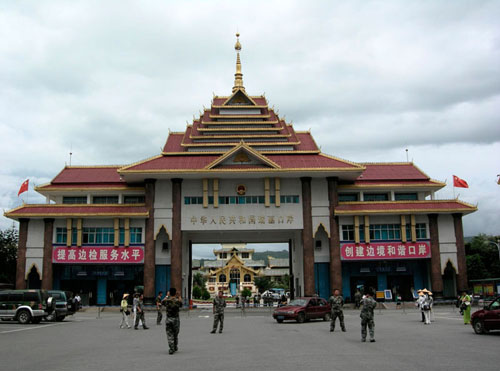Border trade between China and Myanmar, hit hard by the COVID-19 outbreak, appears to be picking up. Trade along the Myanmar-China border had plummeted as China closed border crossings and internal trade routes in an attempt to slow the spread of COVID-19, a respiratory disease caused by the novel coronavirus. But the border re-opened in February, and U Min Thein, vice chair of Muse Rice Merchants Association, told The Myanmar Times that trade through Muse (Myanmar’s busiest land portal with China) is at 80 percent of pre-outbreak levels. He said that 30,000 bags of rice are sold to China each day through that crossing. Trade with Thailand, however, continues to suffer, according to the Times report, with seafood exports hit hardest.
On March 10 State Counsellor Daw Aung San Suu Kyi acknowledged the economic damage of the outbreak, which has hit tourism and manufacturing in addition to exports. She said plans are in place to mitigate the damage, and while Myanmar has no confirmed cases of the virus, she urged the public to be vigilant.
Beyond the epidemic, it has been a tumultuous season for land trade with China. Last year’s renewed violence in Shan and Kachin States imperiled the highway between Muse and Mandalay, slowing and even briefly halting the flow of goods across the border. Nevertheless, on the whole, exports to China are on the rise, especially for agricultural products, as China continues to invest in its southern neighbor. The so-called China-Myanmar Economic Corridor initiative calls for new roads, railways, industrial zones and other infrastructure in Myanmar’s north.


